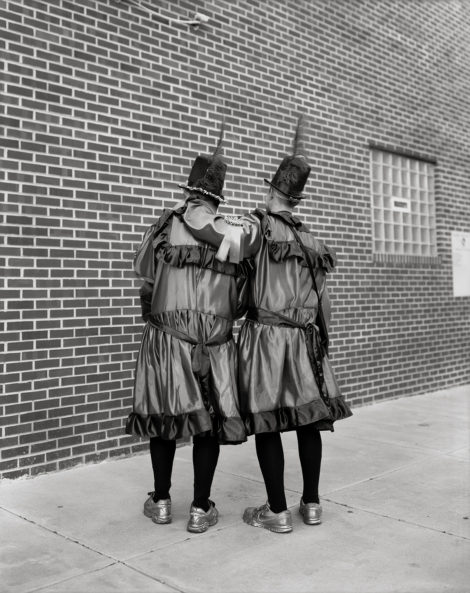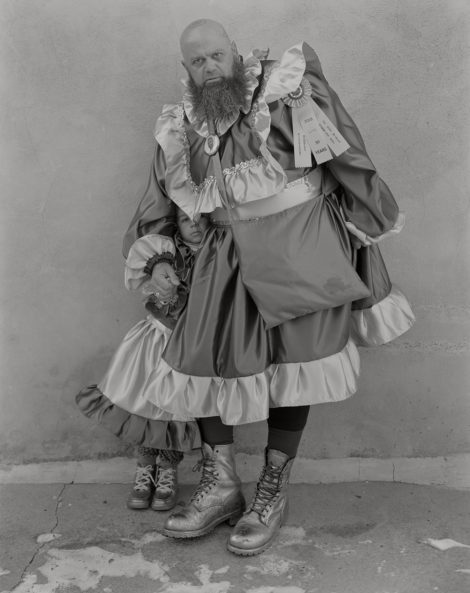ANDREA MODICA / January 1
29.09.2018– 31.10.2018
Andrea Modica was born in New York. She now lives in Philadelphia where she works as a photographer and professor in the Photography Program at Drexel University’s Antoinette Westphal College of Media Arts and Design, holds a Bachelor of Arts degree from Yale and has received the Guggenheim and Fulbright scholarships. She is also a recipient of the prestigious Knight Award.
Author of many books including: Treadwell, Barbara, Minor League, Human Being, Fountain, As We Wait and January 1, which is his latest book.
Modica’s work has been extensively exhibited. The artist has had numerous solo exhibitions, including the Museum of Modern Art in San Francisco, the Museum of Art in Cheveland, the Museum of Art in Akron, the Museum of Contemporary Art in Boulder and the Museum of Photographic Arts in San Diego.
Andrea Modica’s photographs are in the permanent collections of many institutions, including the Museum of Modern Art, the Metropolitan Museum of Art, the Whitney Museum of American Art, the Brooklyn Museum, the Philadelphia Museum of Art, the Smithsonian American art Museum, the International Musem of Photography and Film at the George Eastman House and the Bibliothèque Nationale de France.
“Every New Year’s Day in Philadelphia, party people from all over the city converge on the south side of Philadelphia to march through the streets. It sometimes looks like a choreographed parade of “highly trained” artists, and at other times it looks more like a huge drunk crowd, mainly made up of men in costumes. They’re the Mummers of Philadelphia. The event is an amalgam of cultural traditions that has evolved in the working class neighbourhoods for over 300 years. Starting with small bands of informal partygoers spread throughout the city, today’s parade includes recognized performance divisions and organized clubs that compete within these divisions. The group presented in this set of photographs are the Wenches, a subset of the division, which most closely resembles the anarchic and free past of the Mummers. The all-male Wenches wear feminine outfits, including dresses, underwear, handbags, parasols, wigs, make-up and golden shoes, in tribute to Mummery’s iconic song, Oh Dem Golden SIippers. Wench’s tradition, as well as the dresses themselves, are passed down from one generation to the next, with some groups including all male members of a family, from the youngest boys to great-grandfathers.
Like many clubs and teams, this group embodies a male mystique, a paradox of inclusion and exclusion that has caught my attention well beyond the aesthetics of the show. As a woman and photographer, I joined the festivities as best I could. With an 8X10 room, I momentarily took the Wenches out of their reverie and photographed them, isolated, a few steps from the party.
All photographs were taken on January 1, 2009-2018 in South Philadelphia: a 10-day, 10-year project. »
Andrea Modica

